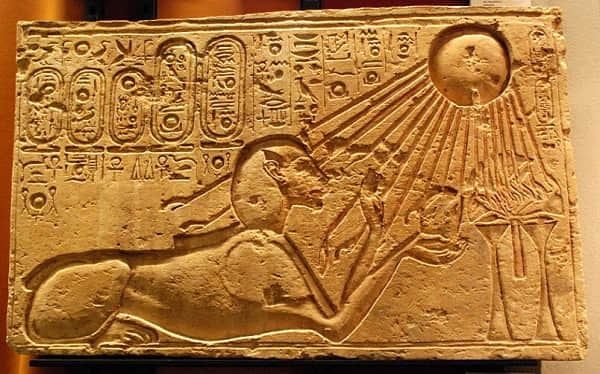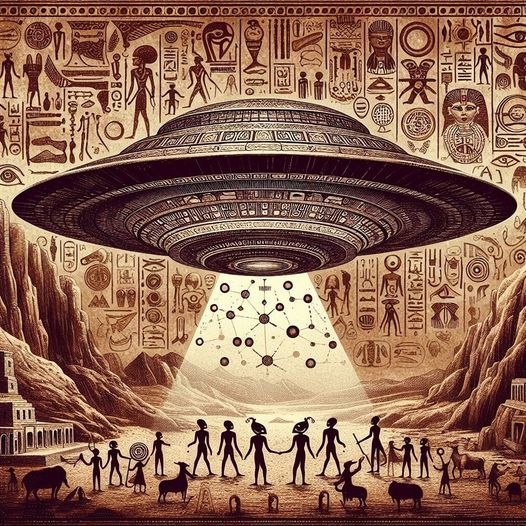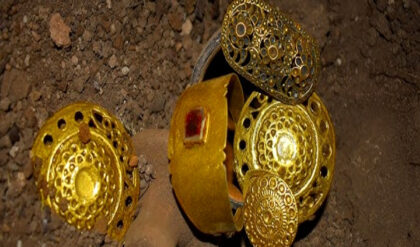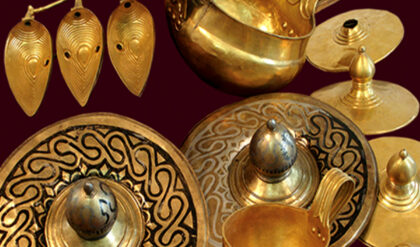Ancient Egypt is a civilization that continues to fascinate the modern world, with its incredible architecture, enduring culture, and enigmatic history. This mysterious land has captivated scholars, historians, and tourists alike, all eager to uncover its secrets. From the grandeur of the pyramids to the cryptic hieroglyphs etched into temple walls, Ancient Egypt offers endless clues to a hidden past. The journey to uncover the wonders of this ancient civilization reveals not only the ingenuity of its people but also the mysteries that still shroud its legacy.
The Pyramids of Giza are among the most iconic symbols of Ancient Egypt, representing the architectural and engineering genius of this early civilization. These massive structures were built as tombs for the pharaohs, intended to serve as a bridge between life and the afterlife. The sheer size and precision of the pyramids have puzzled experts for centuries, raising questions about how they were constructed with the limited technology of the time.

Scholars continue to debate the exact methods used to transport the massive stones and erect the pyramids. Some believe that ramps and pulleys were involved, while others suggest more sophisticated techniques. What remains clear is that these structures were not just impressive feats of engineering but also held deep symbolic meaning. The pyramids’ triangular shape was said to represent the rays of the sun, reflecting the pharaoh’s divine connection with the sun god Ra.
Standing proudly near the pyramids is another of Egypt’s great mysteries: the Great Sphinx of Giza. With the body of a lion and the head of a human, this colossal statue has been a subject of intrigue for millennia. Its purpose and the identity of the face it bears have long been debated, with many believing it represents Pharaoh Khafre, while others suggest alternative theories, including astronomical or spiritual significance.
Over the years, the Sphinx has faced erosion and damage, adding to the sense of mystery surrounding its creation and preservation. Restoration efforts continue today, and archaeologists search for clues to unlock the true purpose behind this monumental guardian of Egypt’s secrets. The Sphinx stands as a silent witness to the rise and fall of empires, holding within its stone form answers to questions we may never fully unravel.
One of the most fascinating aspects of Ancient Egypt is its unique system of writing, known as hieroglyphs. For centuries, these intricate symbols were indecipherable, further adding to the mystery of Egyptian civilization. However, the discovery of the Rosetta Stone in 1799 allowed scholars to finally break the code of hieroglyphs, revealing the stories, laws, and religious beliefs of the ancient Egyptians.
Hieroglyphs were considered the language of the gods, often used in religious texts and inscriptions on tombs and monuments. The precision and beauty of these carvings indicate the Egyptians’ deep reverence for writing and the power they believed it held. Decoding hieroglyphs has provided invaluable insights into the daily life of Ancient Egyptians, their beliefs about the afterlife, and their understanding of the world around them.
Located on the west bank of the Nile River, the Valley of the Kings is the final resting place for many of Egypt’s most powerful pharaohs, including the famous Tutankhamun. This hidden necropolis was designed to protect the royal dead from grave robbers, with its elaborate tombs carved deep into the limestone cliffs. Despite these efforts, most tombs were raided over the centuries, leaving archaeologists with little more than fragments to piece together the lives of these ancient rulers.

However, the discovery of King Tutankhamun’s tomb in 1922 by Howard Carter was a groundbreaking moment in Egyptology. Unlike most other tombs, Tutankhamun’s was largely untouched, offering a rare glimpse into the riches and rituals of Egyptian burial practices. The golden mask of the boy king and the treasures found in his tomb have become symbols of the opulence and mystery of Ancient Egypt. The Valley of the Kings continues to yield new discoveries, with archaeologists using modern technology to explore areas previously thought inaccessible.
The Nile River was more than just a geographical feature for the Egyptians; it was the lifeblood of their civilization. This mighty river provided water for crops, served as a transportation route, and played a central role in religious and cultural practices. The annual flooding of the Nile was seen as a gift from the gods, allowing the Egyptians to cultivate the fertile land along its banks.
The Nile’s significance extended beyond agriculture, as it was also a key factor in the social and political structure of Ancient Egypt. The river allowed for the unification of Upper and Lower Egypt, facilitating trade and communication. In many ways, the Nile was the thread that held the Egyptian empire together, sustaining its people and enabling the construction of its monumental wonders.
Religion was at the heart of Ancient Egyptian culture, influencing every aspect of life, from the pharaoh’s rule to the daily practices of ordinary citizens. The Egyptians believed in a pantheon of gods and goddesses who controlled the forces of nature and the fate of humanity. These deities played a central role in the Egyptians’ understanding of the world and their place within it.
The concept of the afterlife was a fundamental part of Egyptian religion, and the elaborate burial practices reflected the belief in eternal life after death. Mummification was a key part of this process, preserving the body for the journey to the afterlife. The Book of the Dead, a collection of spells and prayers, was often placed in tombs to guide the deceased through the challenges they would face in the afterlife.

The Egyptians’ obsession with the afterlife led to the construction of massive tombs, temples, and monuments, all designed to ensure a smooth transition to the next world. These structures, filled with treasures and offerings, were meant to protect the dead and provide them with everything they needed in the afterlife.
At the heart of Ancient Egyptian society was the figure of the pharaoh, considered both a king and a god. The pharaoh was believed to be the earthly representative of the gods, particularly the sun god Ra, and was responsible for maintaining ma’at, the concept of order, balance, and justice. The role of the pharaoh was not just political but also deeply religious, as he or she was seen as the protector of Egypt’s people and the intermediary between the gods and humans.

The power and wealth of the pharaohs are evident in the monuments they left behind, from the pyramids to the grand temples built in their honor. The reign of each pharaoh contributed to the rich tapestry of Egypt’s history, and their legacy continues to shape our understanding of this ancient civilization. Pharaohs such as Ramses II, Hatshepsut, and Akhenaten are still remembered today for their contributions to Egyptian art, religion, and culture.
The mysteries of Ancient Egypt continue to captivate the imagination of people around the world. From the towering pyramids to the sacred Nile, every aspect of this ancient civilization offers a glimpse into a past filled with wonder, intrigue, and unparalleled achievements. As archaeologists uncover more clues, the story of Egypt becomes richer and more complex, revealing a society that was not only advanced in technology and governance but also deeply spiritual and connected to the natural world.
While many questions remain unanswered, the ongoing exploration of Egypt’s past ensures that the veil of mystery continues to lift, revealing new insights into a civilization that has stood the test of time. Each discovery brings us closer to understanding the enigmatic world of the pharaohs, the gods they worshipped, and the people who built one of the greatest civilizations in human history.





